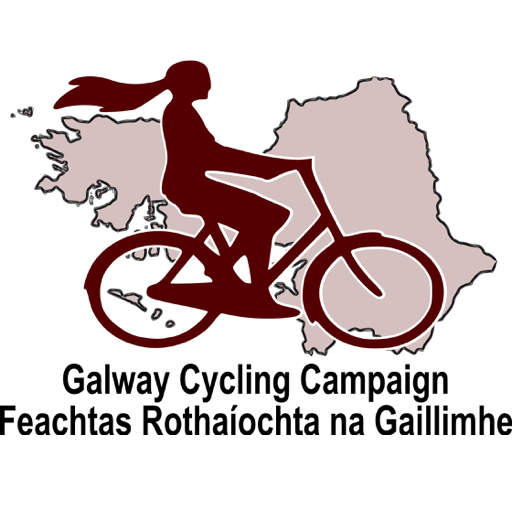Tag: lower speeds
-
‘Crazy’ 80kmph speed limit outside Boleybeg primary school
Locals have expressed concerns over proposals by Galway City Council to set a “crazy” 80kmph speed limit outside the gate of a Galway City primary school. In the draft speed […]
-
Galway cyclists call for lower speed limits
Galway needs to follow the example of Wales and decrease its speed limits for urban areas from 50km/h to 30km/h. All welcome to our online public meeting with Gwenda Owen […]
-
Opinion: The programme for government is like a visit from Santa for cyclists
COULD IT REALLY be that Santa has arrived six months and one week ahead of schedule? In the programme for government, we are told that €1 million euro a day, […]
